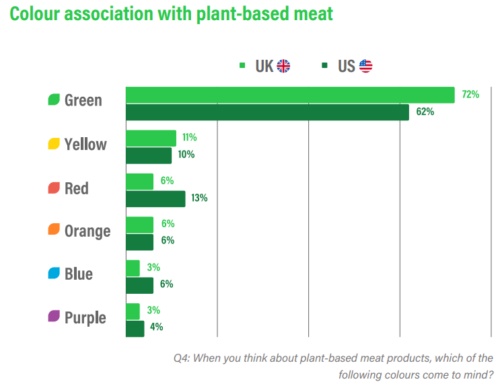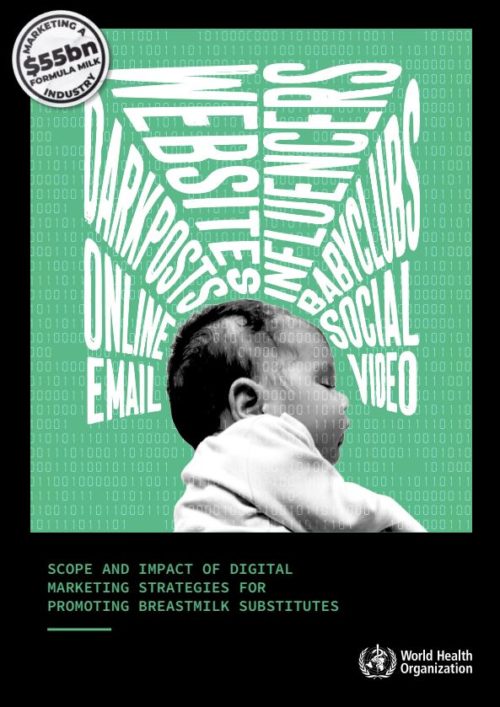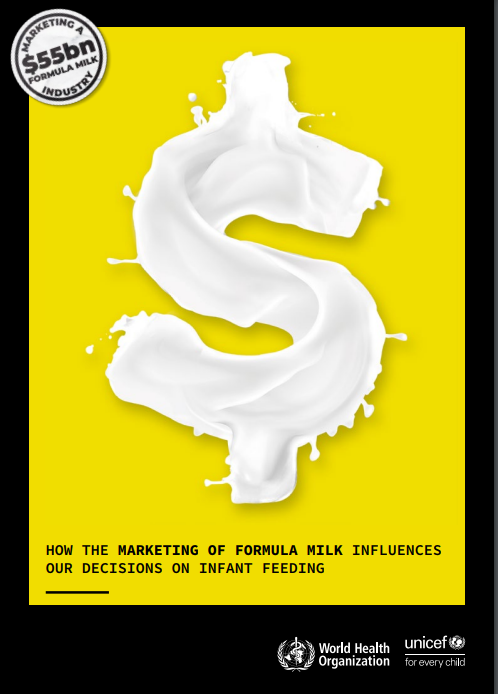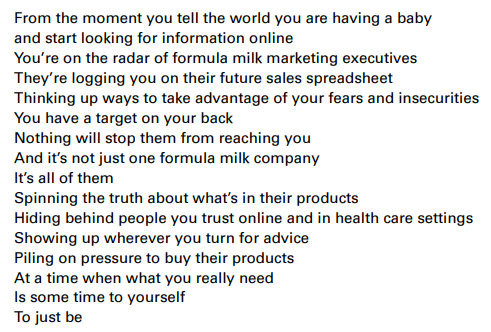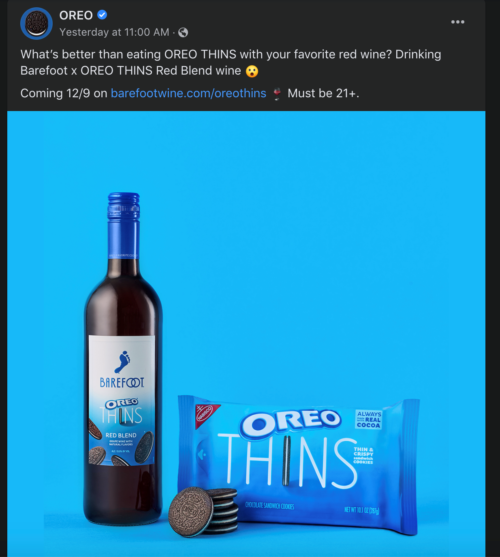Carole Bartoletto, who works with dining services at UCLA, sent me two items.
I started with the research study.
Its title requires translation. Low-carbon footprint means plant-based. In this case, it means Impossible brand plant-based meat alternatives.
Their intervention succeeded in encouraging substitution of Impossible for beef, but had unintended consequences.
Although the intervention was followed by a decrease in sales of beef entrées and increase in sales of plant-based meat entrées, sales of other vegetarian entrées also decreased.
Students replaced vegetarian choices with Impossible burgers?
To their credit, the authors acknowledge the problem.
It is also worth discussing the nutritional differences between plant-based meat and other low-carbon footprint options. In general, lower-carbon foods (i.e., plant-based and sustainably-raised fish) tend to be healthier, but this is not always the case. Plant-based meat products such as Impossible™ are ultra-processed and relatively high in sodium and saturated fat. Consuming ultra-processed foods has been linked with higher calorie intake and weight gain (Hall et al., 2019).
The toolkit, in contrast, includes Impossible products but does not focus on them. It presents a variety of vegetarian and vegan options as low-carbon options with many illustrations of ways to present this information.
This could be useful, and maybe more useful, without the Impossible products, especially if the ultra-processed meal alternatives discourage choices of vegetarian options.
Take a look and see what you think.
Note: an educational intervention in Great Britain that also gave participants free plant-based meats found more of them sto be consumed, unsurprisingly.
ADDITION, July 1: I received this message in response to this post from Hannah Malen, at UCLA:
Dear Marion,
As one of your fans and newsletter subscribers, I was excited to see that you covered the low-carbon footprint dining intervention we did at UCLA! I collaborated with the innovative and talented folks at UCLA Dining as part of my dissertation work. It was an awesome experience to design, implement, and study a real-world intervention.
Unfortunately, I was a bit disappointed by your summary of the study. I felt your assessment overlooked some of the nuances that make this work challenging and important.
1) Low-carbon footprint does not mean only plant-based in this case. We created low-, medium-, and high-carbon footprint cutoffs based on life cycle analysis data and feasibility of real-world implementation. The criteria were created for the purposes of classifying menu items AND educating students about the relative impacts of different foods. Based on our criteria, low-carbon footprint included vegetarian menu items with < 2 ounces of cheese AND menu items with sustainable fish. I think this is worth noting because low-carbon footprint doesn’t have to mean ONLY plant-based or vegan…it also means some vegetarian items with cheese are NOT low-carbon footprint.
2) The decision to add Impossible plant-based meat alternative products to the menu was strategic and led by our Dining Director. As we know, it can be hard to appeal to meat-eaters, and Impossible-type products have been more successful than many other alternatives. While sales of the new Impossibile products did coincide with decreases in sales of other vegetarian items, I don’t think it’s accurate to say they discouraged choices of vegetarian options. We studied and saw shifts across basically all categories of menu items, which I think is a strength of the research. We also saw that overall, sales of low-carbon footprint items increased, while sales of medium- and high-carbon footprint items decreased. On average, this corresponded with an 8% decrease in the carbon footprint of entrees sold.
All this to say, it’s complicated, and I’m proud that we are among the first to look at the dynamics of introducing Impossible plant-based meat alternatives into food environments. Of course it’s ideal if eaters swap beans or veggies for meat, but the path to get there is certainly not easy.
Thanks for the opportunity to share our work and respond to your coverage. (And thanks to Carole for being a champion of the work and leader in creating the toolkit!)
Kind regards,
Hannah
